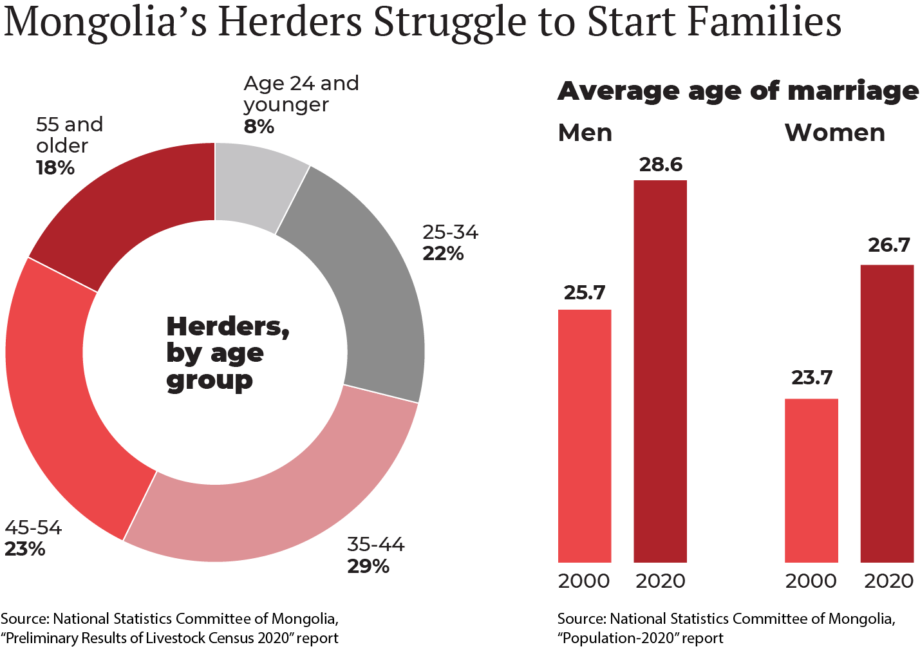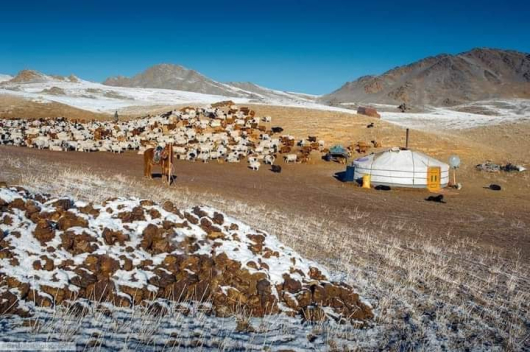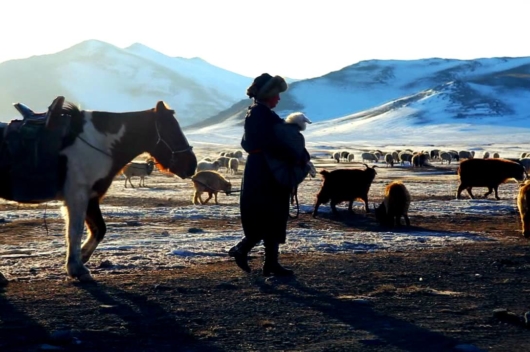Herding in Mongolia is often seen as “male” activity, with men much more often defined as the “main herder” in household surveys. But over 80 percent of women in herding households report participating in animal husbandry activities, reporting about two-thirds as many minutes per day as men.
Mongolians usually demand their male offspring to help them with herding, while they send their daughters to school. Therefore, Mongolian women are generally better educated than Mongolian men, having an average of 11 years of schooling compared to 10 years for men. Rural women have relatively low levels of education (about a quarter of have completed high school), even if they have more education than rural men.
The resulting gender imbalance is clear. In 2021, 1.6 times more women than men were enrolled in Mongolia’s universities. After becoming highly educated and accustomed to city life, many are reluctant to return to the isolation, hard work and unpredictable income of a nomadic, rural life. Consequently, it has become harder for herder men to find wives, and researchers have begun raising concerns about the long-term impact of this bride shortage on Mongolia’s traditional values and agricultural sector.

 3,575.44
3,575.44












Related News